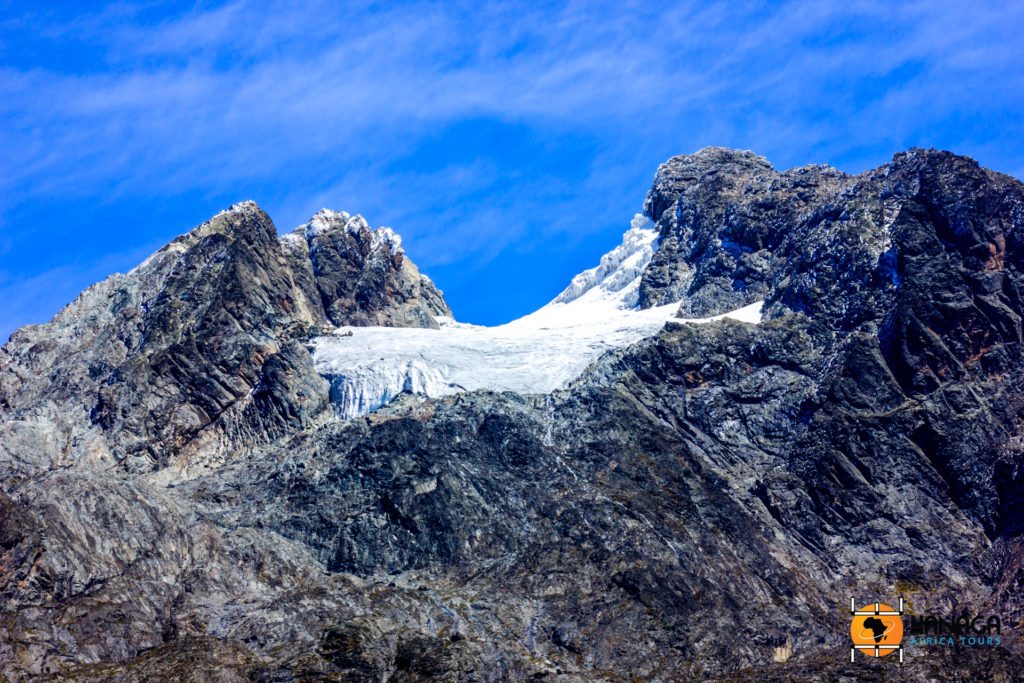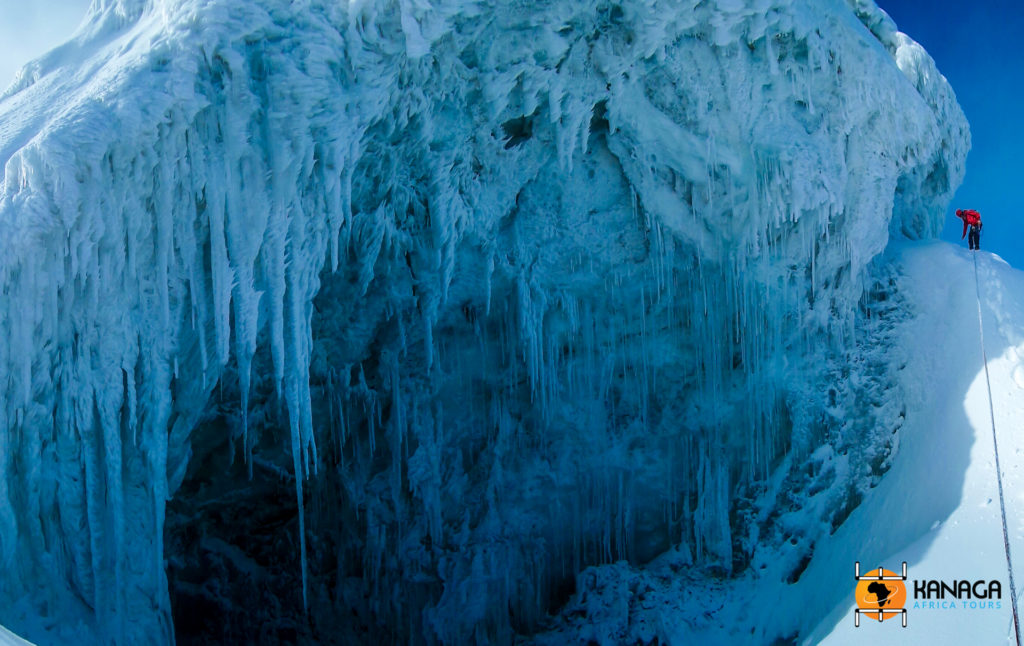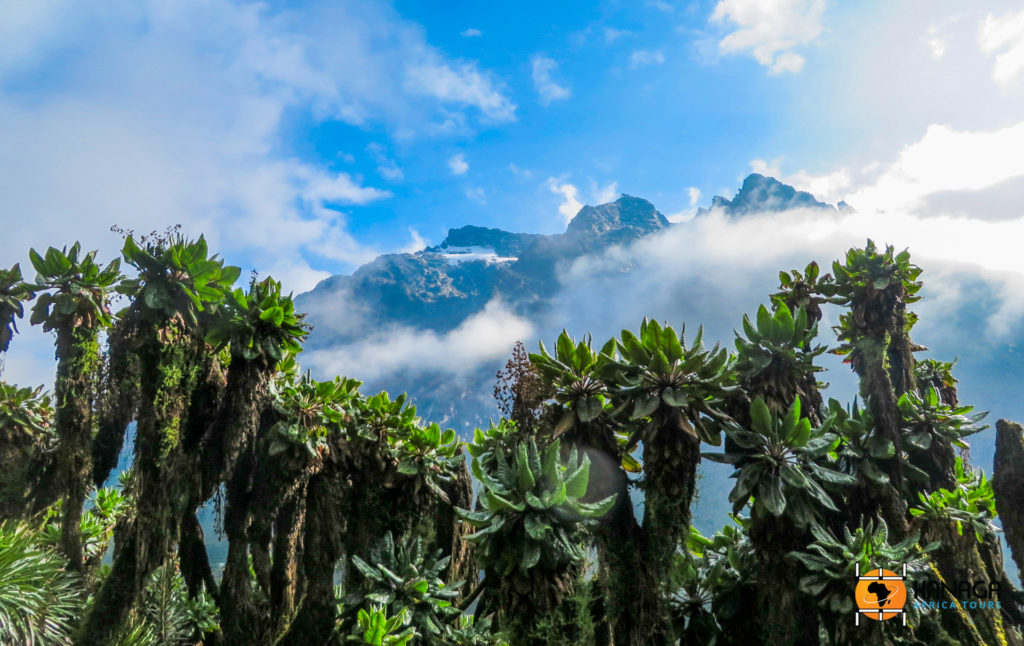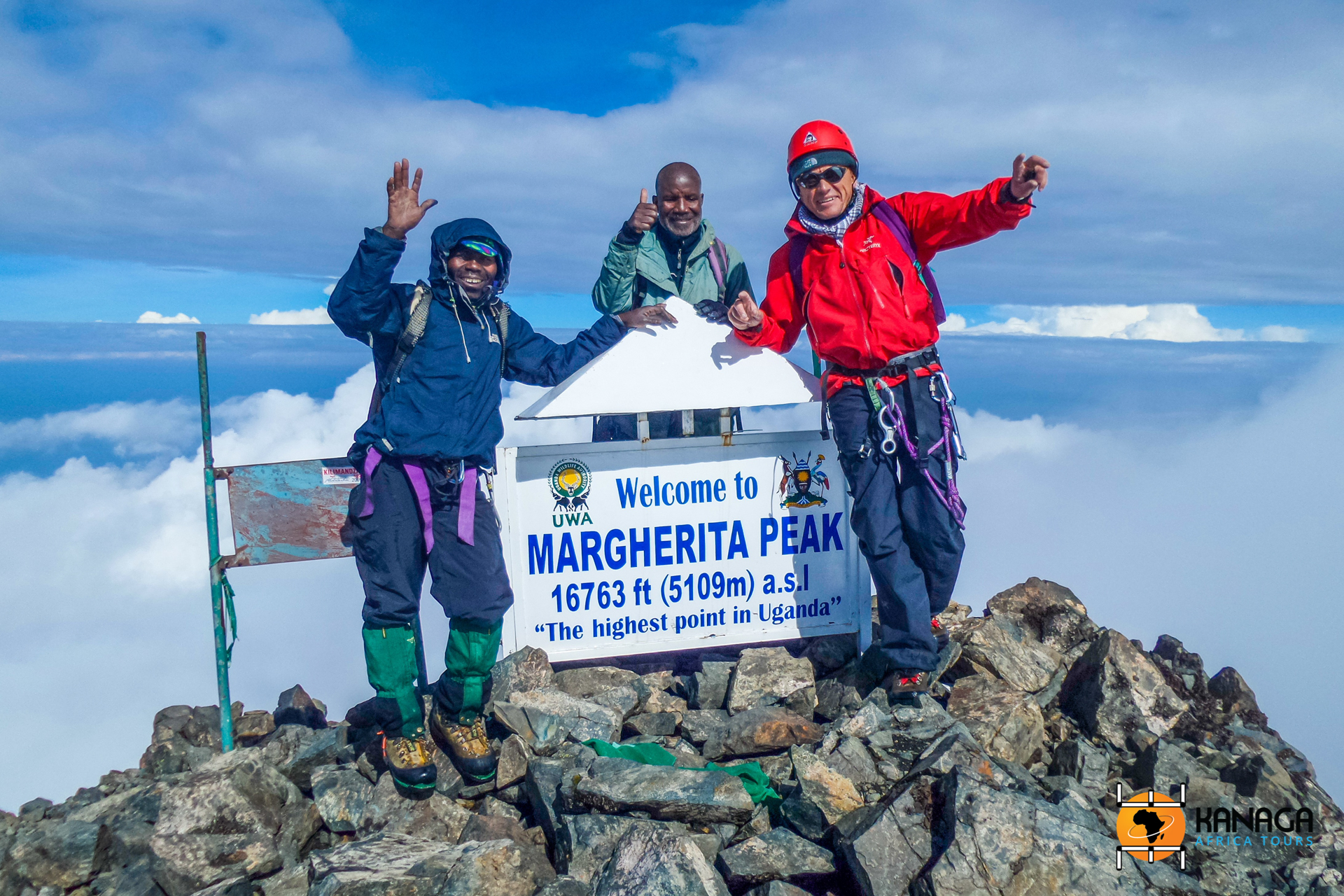The Rwenzori mountain range on the border between Uganda and the Democratic Republic of Congo is home to the third highest peak in Africa, at 5,109 metres, Mount Stanley. We are talking about an Africa beyond the clouds, made of perennial glaciers and extraordinary ecosystems. A giant to which we Italians are particularly attached, since it was one of our explorers who first conquered its summit in 1906, Luigi di Savoia duca degli Abruzzi, and named it Cima Margherita, in honour of the then Italian queen.
Known as the ‘Mountains of the Moon’, since Ptolemaic times they were thought to hold the mythical sources of the White Nile. This hypothesis was not entirely wrong, since it is from these heights that one of the largest water supplies that feed the Nile originate.
The mountain range is part of the spectacular Rwenzori National Park on Ugandan territory and the Virunga National Park on Congolese territory. These areas have now been declared UNESCO World Heritage Sites for their incredible ecosystems, the environmental variety that constantly changes depending on altitude and the extremely high humidity rate, which has allowed an exuberant intermediate endemic nature to develop into unique specimens of impressive size, such as the extraordinary giant lobelias.
Unlike the other two African giants, Mount Kenya and Mount Kilimanjaro, its formation is not of volcanic origin.
Constantly shrouded in thick fog and covered on its summits by perennial glaciers, the ascent of the Rwenzori is completed in about seven days, with the possibility for the more experienced and trained to reach the summit. It is an exciting and demanding route, but one that does not only focus or exhaust itself on sporting and physical performance. It also offers the possibility of a multitude of routes to discover the rich and varied landscapes and natural environments at the middle altitudes.
The entrance to the park is about 20 km from the town of Kasese, at an altitude of 1,615 metres, and begins by leaving behind the tea-growing valleys and the traditional clay houses of the Bakonzo people, to enter a dense wet forest, crossed by rivers and covered with ferns, where it is possible to encounter colobus and blue monkeys, or the Ruwenzori turaco.
From the base camp at Nyabitaba at 2,650 metres, the trails cross the Bujuku River on a suspension bridge, overcome some slippery rocky sections, which are among the most challenging on the central route, and penetrate the bamboo forest up to the moorland, characterised by the impressive giant lobelias, to John Matte’s hut at 3,500 metres.
Only the most trained and prepared go further, through the swampy terrain of the Bigo Bog and very wet and cold environments, up to the 3,962 metres of the Bujuku refuge. Continuing through alternating gradients, one arrives at the Scott Elliott pass at 4,372 metres, and from there to the Elena hut to attempt the final ascent to the Vetta Margherita, to be done with crampons, ice axes and ropes, so only for experts and with prior authorisation. A decidedly adventurous experience and not for everyone, but those who manage to conquer the summit will experience indescribable emotions, on one of the roofs of the African continent.
Decidedly less demanding, but equally enthralling, is the trek that leads to the discovery of Mount Elgon, with its eighth highest peak in Africa, Wagagai Peak rising to 4,321 metres. An ancient volcano that is now extinct, the mountain is famous for its incredible caldera that stretches over about 40 km², welcoming breathtaking views of weathered gorges, caves, hot springs, swamps and waterfalls.
Its steep sides feed numerous streams that descend to irrigate the surrounding valleys, providing fertile soil for cultivation for the Bagisu people, who therefore believe in the sacredness of the mountain, identifying it as the incarnation of their founding ancestor Masaba. It is this legend and its aura of mysticism that accompanies hikers through the extraordinarily beautiful natural scenery, which varies according to altitude, from typically tropical forests and bamboo labyrinths to the Afro-alpine landscapes of the summits. A national park, Mount Elgon is home to numerous wildlife and bird species on its territory, including forest elephants, colobus and baboons, and the occasional shy leopard, the sighting of which will add to the extraordinariness of the experience.







